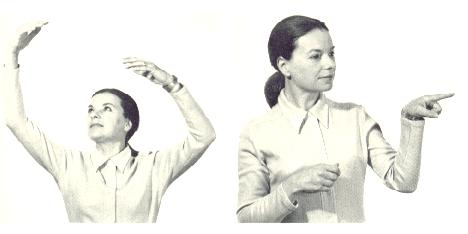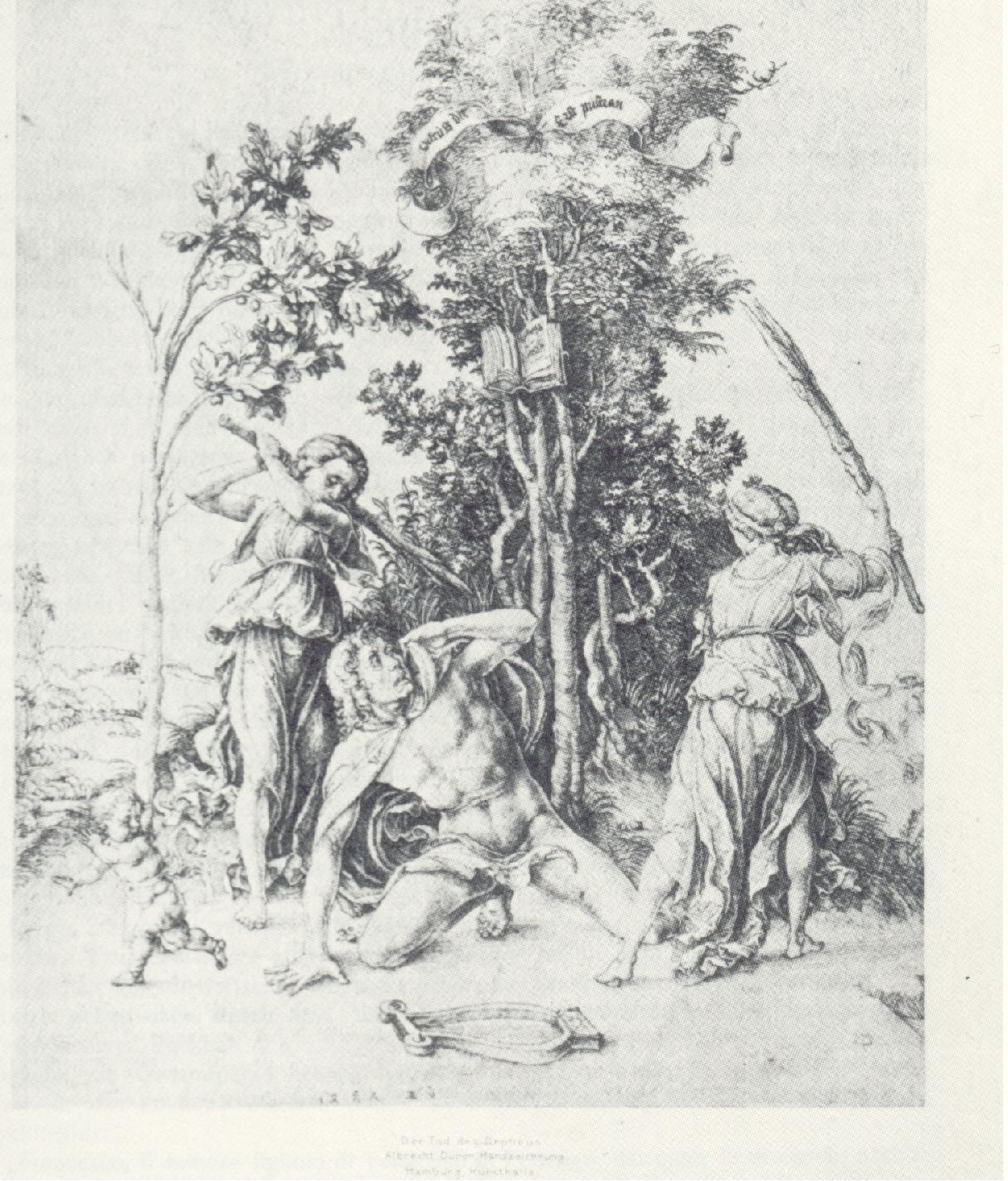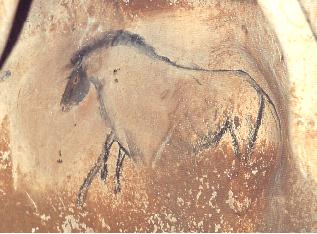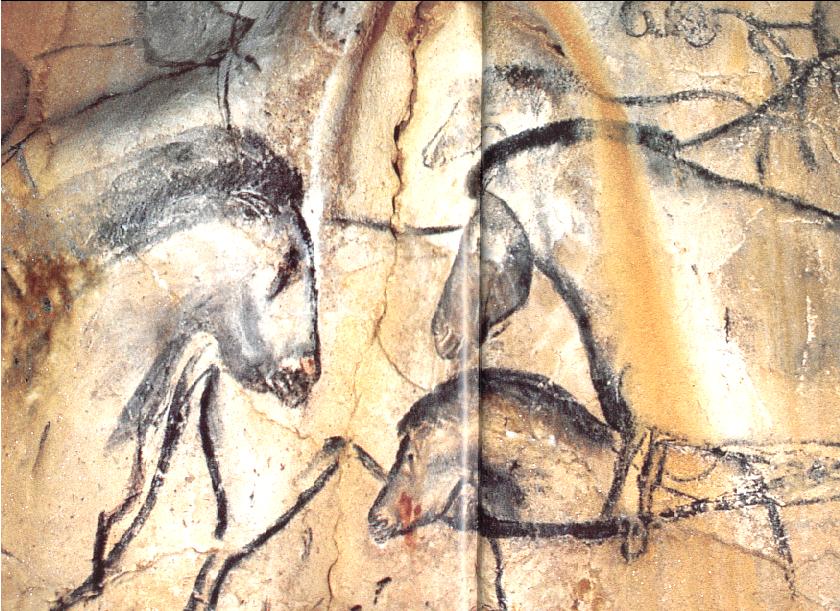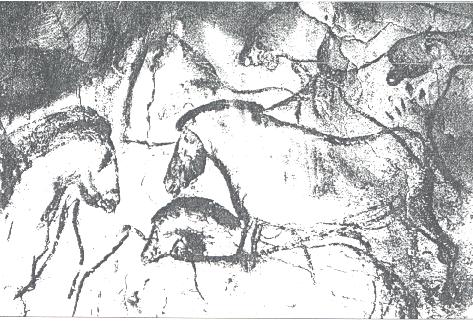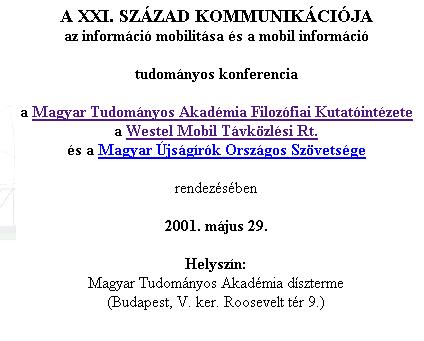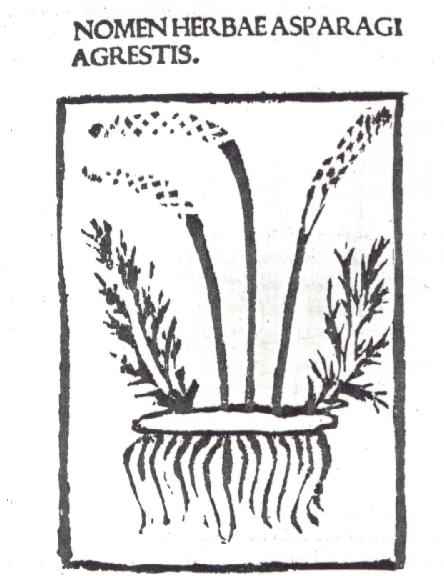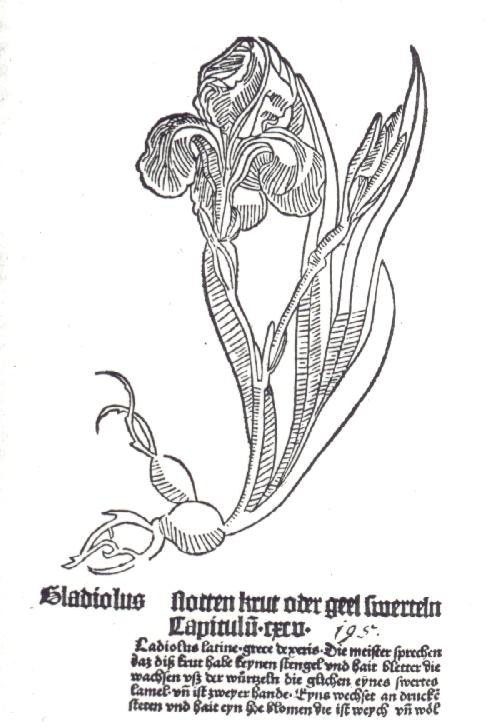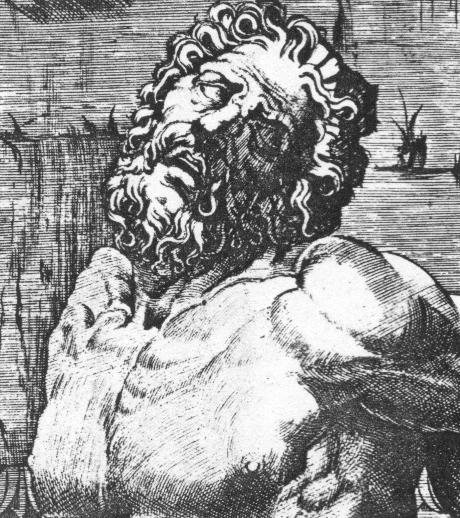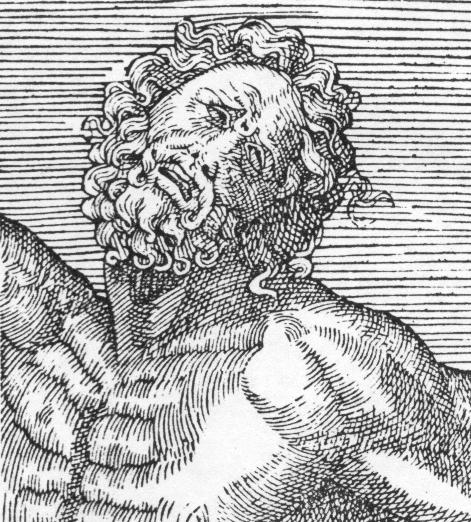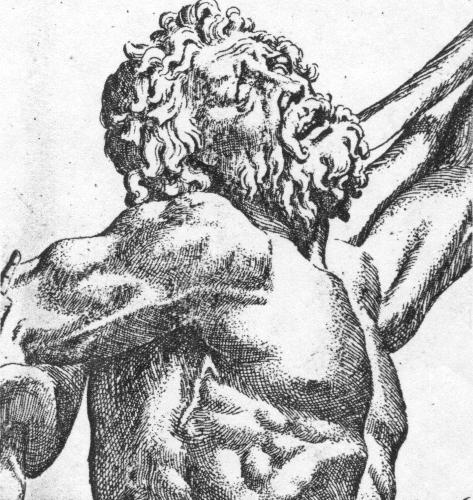. |
||||||
|
||||||
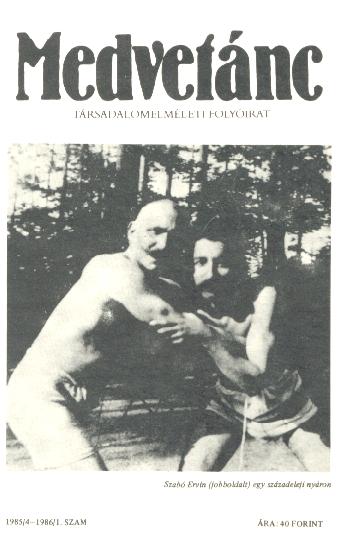 |
Nyíri Kristóf, "Hagyomány és gyakorlati tudás". Medvetánc 1985/4-1986/1. | |||||
|
||||||
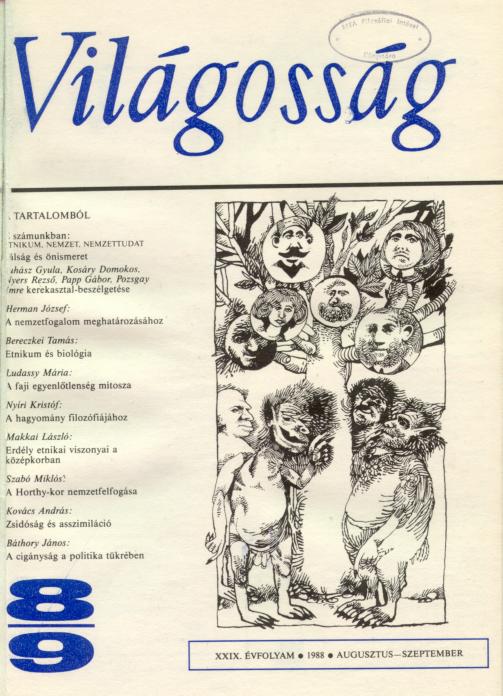 |
| |||||
|
||||||
| J. C. Nyíri:
THE CONCEPT OF TRADITION CONTENTS CHAPTER 1: "Tradition" and related terms: a semantic survey
|
G. Richard Dimler, S.J., "Word Processing and the New Electronic Language", Thought - Fordham University Quarterly, 1986. decemberi szám. | |||||
Ong, Walter J., Orality and Literacy: The Technologizing of the Word, London: Methuen, 1982. Eric Havelock, Preface to Plato, Cambridge, MA: Harvard University Press, 1963, és utóbb különösen: Eric Havelock, The Muse Learns to Write: Reflections on Orality and Literacy from Antiquity to the Present, New Haven: Yale University Press,1986. Jack Goody és Ian Watt, "The Consequences of Literacy" (1963), a Goody által szerkesztett Literacy in Traditional Societies c. kötetben, Cambridge: Cambridge University Press, 1968. Hajnal István, "Irásbeliség, intellektuális réteg és európai fejlődés",
a Károlyi Emlékkönyvben (1933), ill. Etienne Hajnal, "Le rôle
social de l'écriture et l'évolution européenne", Revue de l'Institut de
Sociologie Solvay, Bruxelles, 1934.
| ||||||
|
||||||
.
Textus és tradíció |
||||||
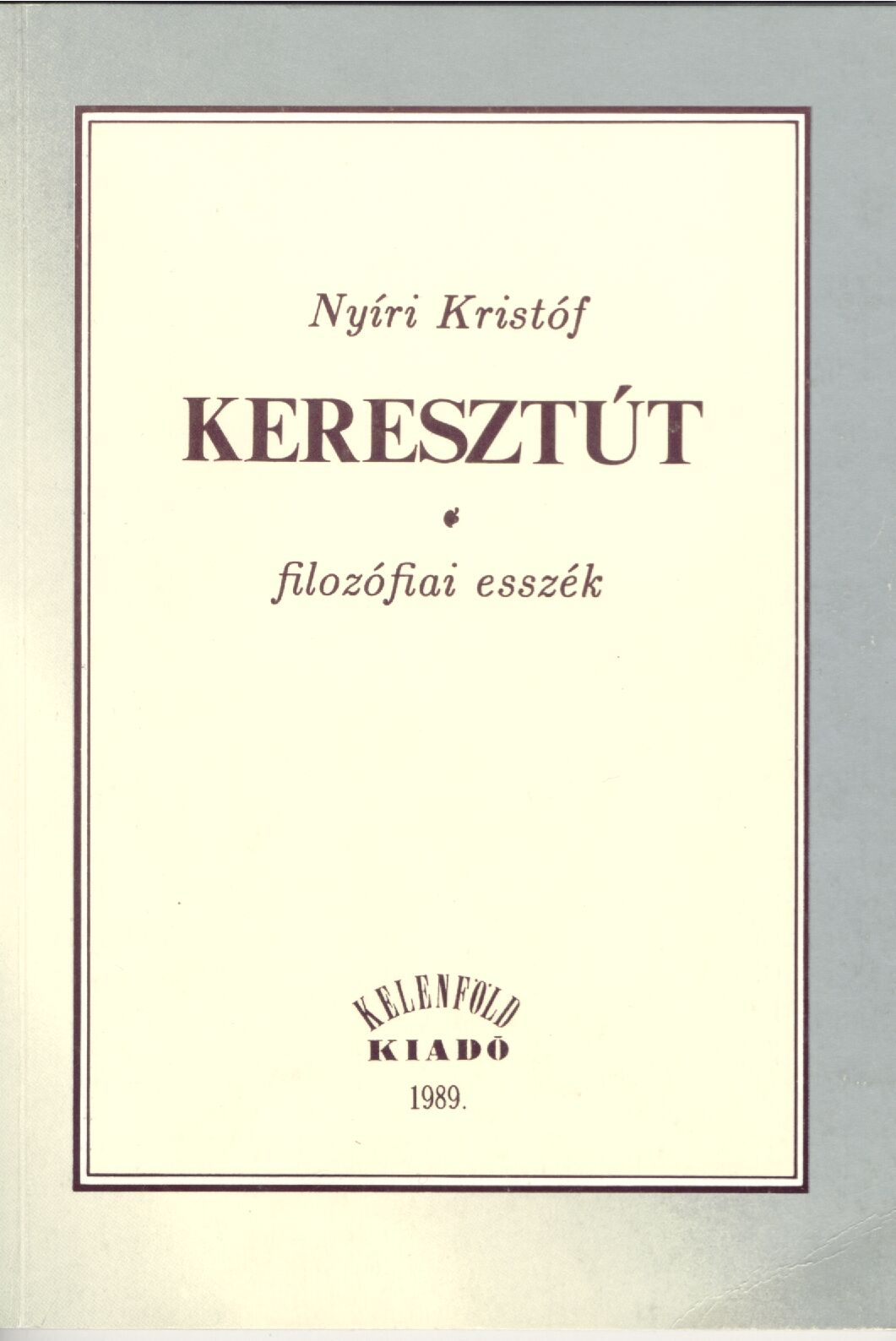 |
||||||
|
||||||
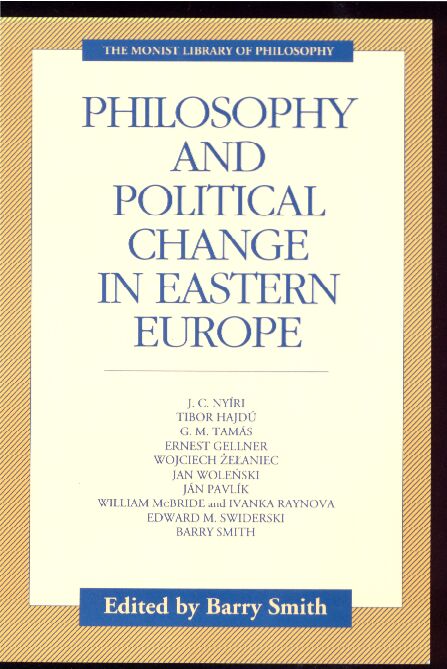 |
Nyíri Kristóf, "Hagyomány és bürokratikus folklór: A magyar tanulságok", Világosság 1992/7, 488. sk. o. – A tanulmány eredetileg angolul íródott: "Tradition and Bureaucratic Lore: Lessons from Hungary", a B. Smith által szerkesztett Philosophy and Political Change in Eastern Europe c. kötetben, La Salle, Ill.: Open Court, 1993. | |||||
|
||||||
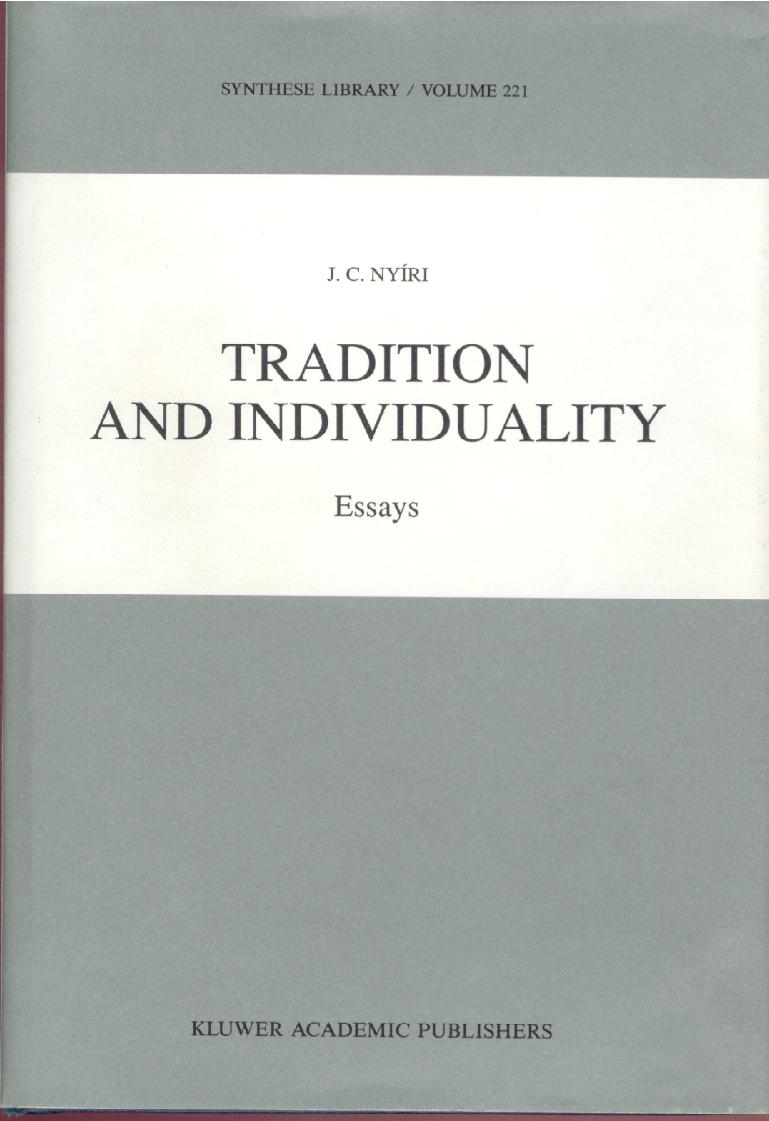 |
||||||
|
||||||
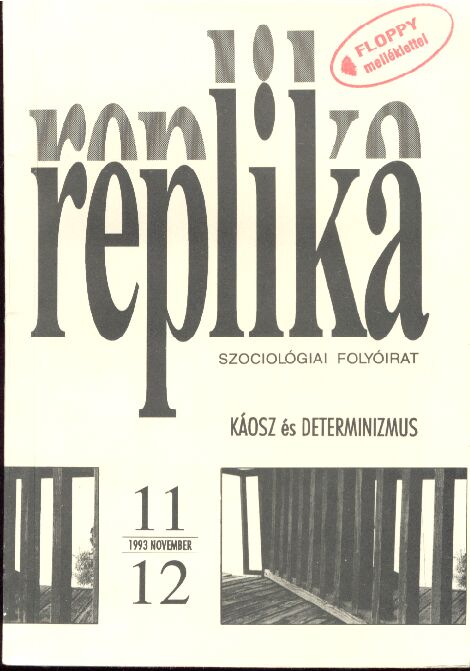 |
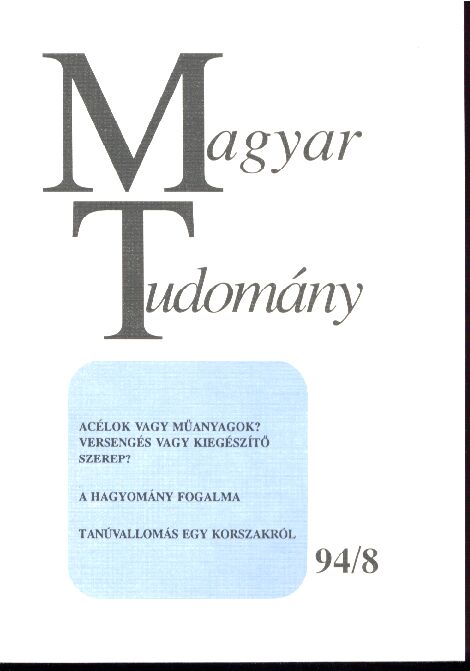 | |||||
| ||||||
Kristóf Nyíri, "Introduction: Notes towards a Theory of Traditions", az ugyanő által szerkesztett Tradition c. kötetben, Bécs: IFK, 1995 . |
||||||
|
| |||||
| Kristóf [J.C.] Nyíri
The Stateless Society:
CONTENTS Preface Chapter 1: Concepts of Tradition Chapter 2: Tradition and the Orality/Literacy Paradigm
Chapter 3: States, Nations, and National Traditions
Chapter 4: Globalization and the Nation-State
Chapter 5: Tradition in the Network Age Appendix I: Austro-Hungarian Philosophies of Communication
|
||||||
|
||||||
Merlin Donald, Origins of the Modern Mind: Three Stages in the Evolution of Culture and Cognition, Cambridge, MA: Harvard University Press, 1991. – Magyar kiadása: Az emberi gondolkodás eredete, ford. Kárpáti Eszter, Budapest: Osiris Kiadó, 2001. Rudolf Arnheim, Visual Thinking, Berkeley: University of California Press, 1969. William M. Ivins, Jr., Prints and Visual Communication,
Cambridge, MA: Harvard University Press, 1953. Magyar kiadása: A
nyomtatott kép és a vizuális kommunikáció, fordította Lugosi Lugo
László, Budapest: Enciklopédia Kiadó, 2001.
| ||||||
Christoph Nyíri, "Konservativ sein im Zeitalter des Internets", a W. Hogrebe által szerkesztett Philosophia Hungarica c. kötetben, Würzburg: Königshausen & Neumann, 2001. |
||||||
Tájékozódásaimban a legutóbbi időben különösen sok segítséget kaptam
Bacsó Bélától, Benczik Vilmostól, Bindorffer Györgyitől, Boros Gábortól,
György Pétertől, Kondor Zsuzsannától, Kocziszky Évától, Marosi Ernőtől,
Nyírő Andrástól, Pléh Csabától és Sándor Klárától.
| ||||||
.
|
||||||
|
||||||
Antonio R. Damasio, Descartes tévedése: Érzelem, értelem és az emberi agy, fordította Pléh Csaba, Budapest: AduPrint, 1996. Eredeti kiadása: Descartes’ Error: Emotion, Reason, and the Human Brain. New York: Grosset / Putnam, 1994. Maurice E.F. Bloch, How We Think They Think: Anthropological
Approaches to Cognition, Memory, and Literacy, Boulder: Westview
Press, 1998. | ||||||
Critchley, “Kinesics – Gestural and Mimic Language: An Aspect of Non-Verbal Communication”, Aphasiology and Other Aspects of Language c. gyűjteményes kötetében, London: Edward Arnold, 1970, 297. o. A “Kinesics”-tanulmány, részben, Critchley The Language of Gesture című, jóval korábbi könyvén (London: Arnold, 1939) alapszik. – Részletesebben ismertetem Critchley, továbbá David Efron (Gesture and Environment, New York: King's Crown, 1941, újranyomtatva 1972: Gesture, Race and Culture, The Hague: Mouton) vonatkozó nézeteit “Bevezetés a kommunikációfilozófiába” c. virtuális stúdiumvázlatomban, ld. http://nyitottegyetem.phil-inst.hu/kmfil/bevkm_long.htm | ||||||
|
||||||
| A süketnémák természetes
jelbeszéde.
Balra: az "égbolt"
jele.
|
||||||
Rosemary Sassoon - Albertine Gaur, Signs, Symbols and Icons:
Pre-history to the Computer Age, Exeter: Intellect Books, 1997.
| ||||||
|
|
||||||

|
||||||
| ||||||
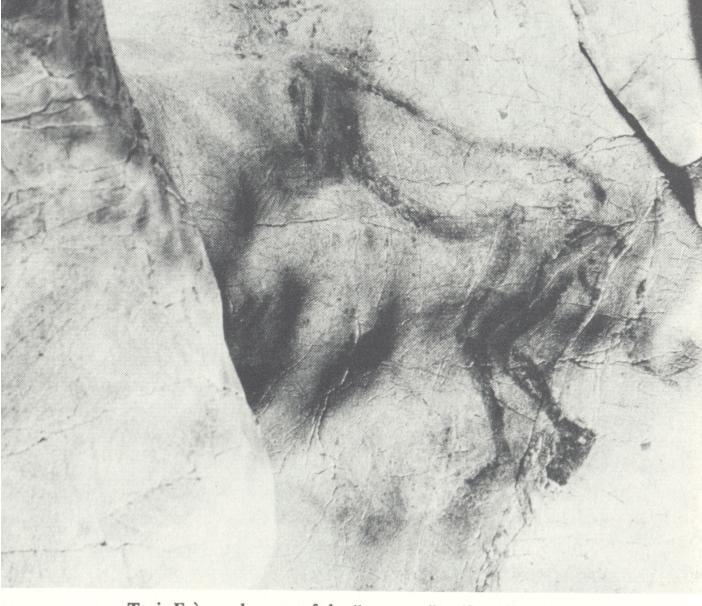 |
||||||
Trois Frčres barlang: varázsló-figura. Jean Vertut felvétele.
|
||||||
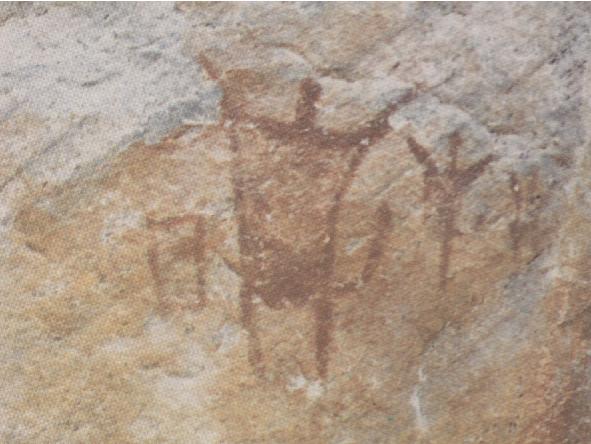 |
||||||
Kalahari sziklaművészet - absztrakt emberalakok. John E. Pfeiffer, The Creative Explosion nyomán
|
||||||
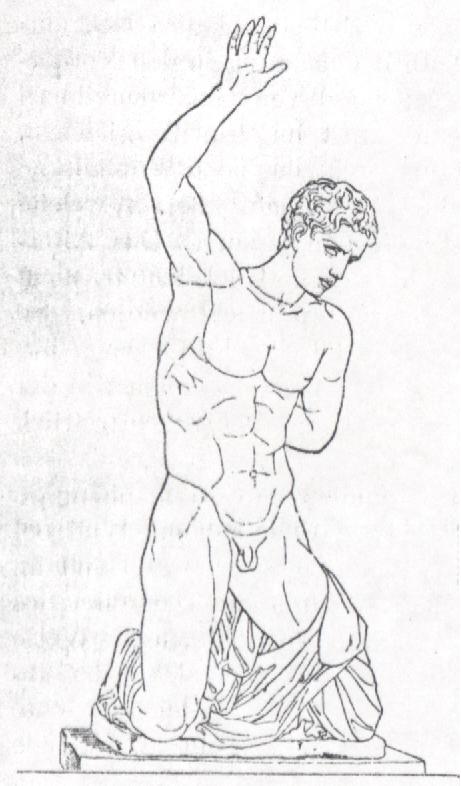 |
||||||
Karl Sittl, Die Gebärden der Griecher und Römer (Leipzig: Teubner, 1890) nyomán. |
||||||
|
||||||
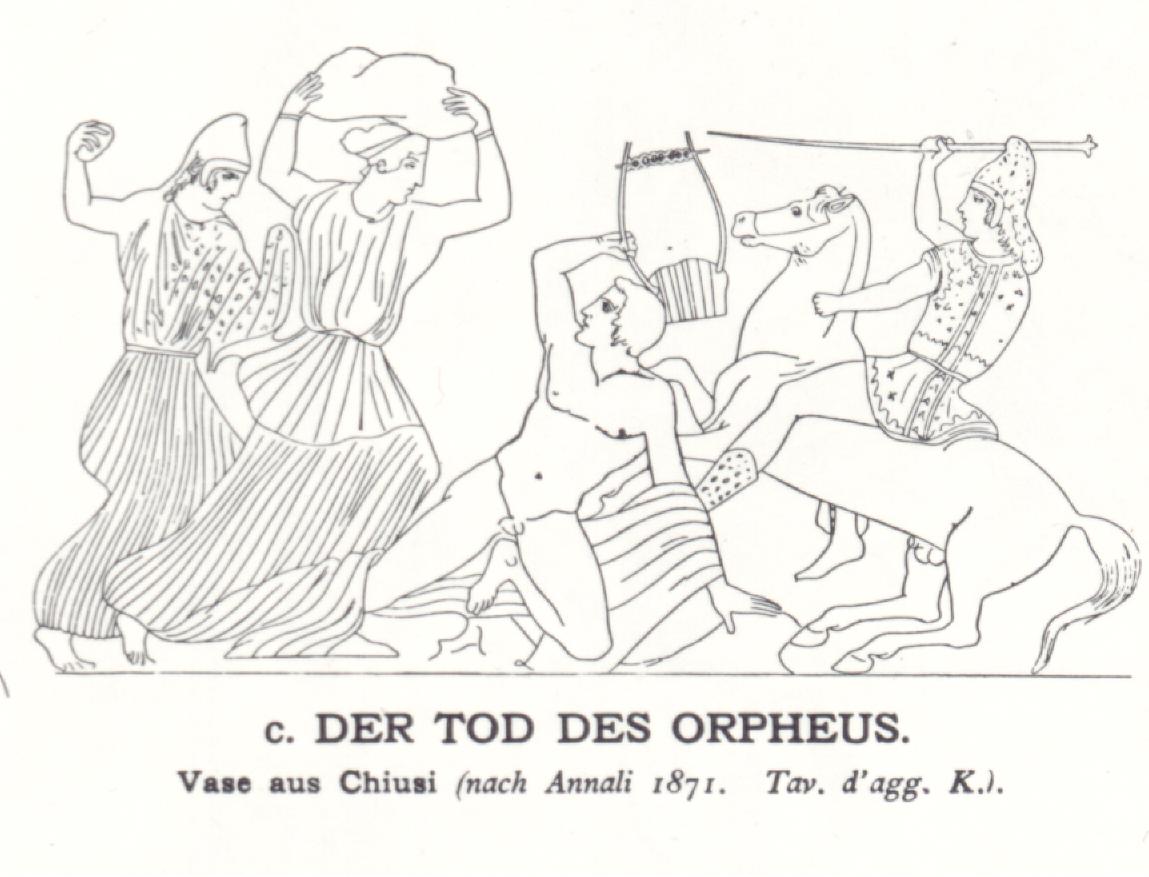 |
||||||
|
Görög vázakép. Aby Warburg nyomán. |
||||||
|
Albrecht Dürer rajza. Aby Warburg nyomán. |
||||||
|
||||||
. Képi hagyományozás |
||||||
|
||||||
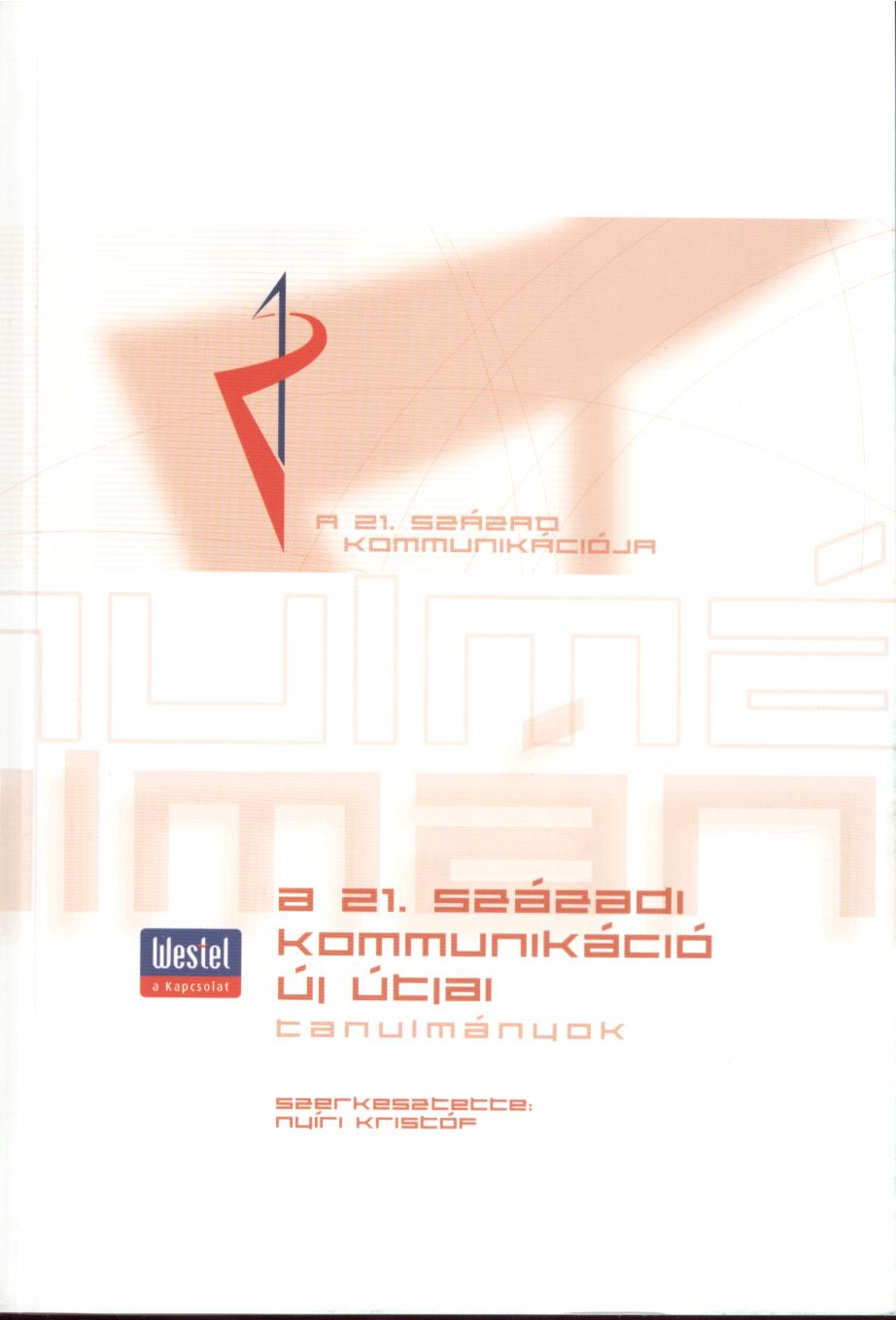 |
Pléh Csaba, "Donald, A Mind So Rare", a Nyíri Kristóf által szerkesztett A 21. századi kommunikáció új útjai: Tanulmányok c.kötetben, Budapest: MTA Filozófiai Kutatóintézete, 2001. | |||||
Nicholas Humphrey, “Cave Art, Autism, and the Evolution of the
Human Mind”, Cambridge Archeological Journal 8:2 (1998).
| ||||||
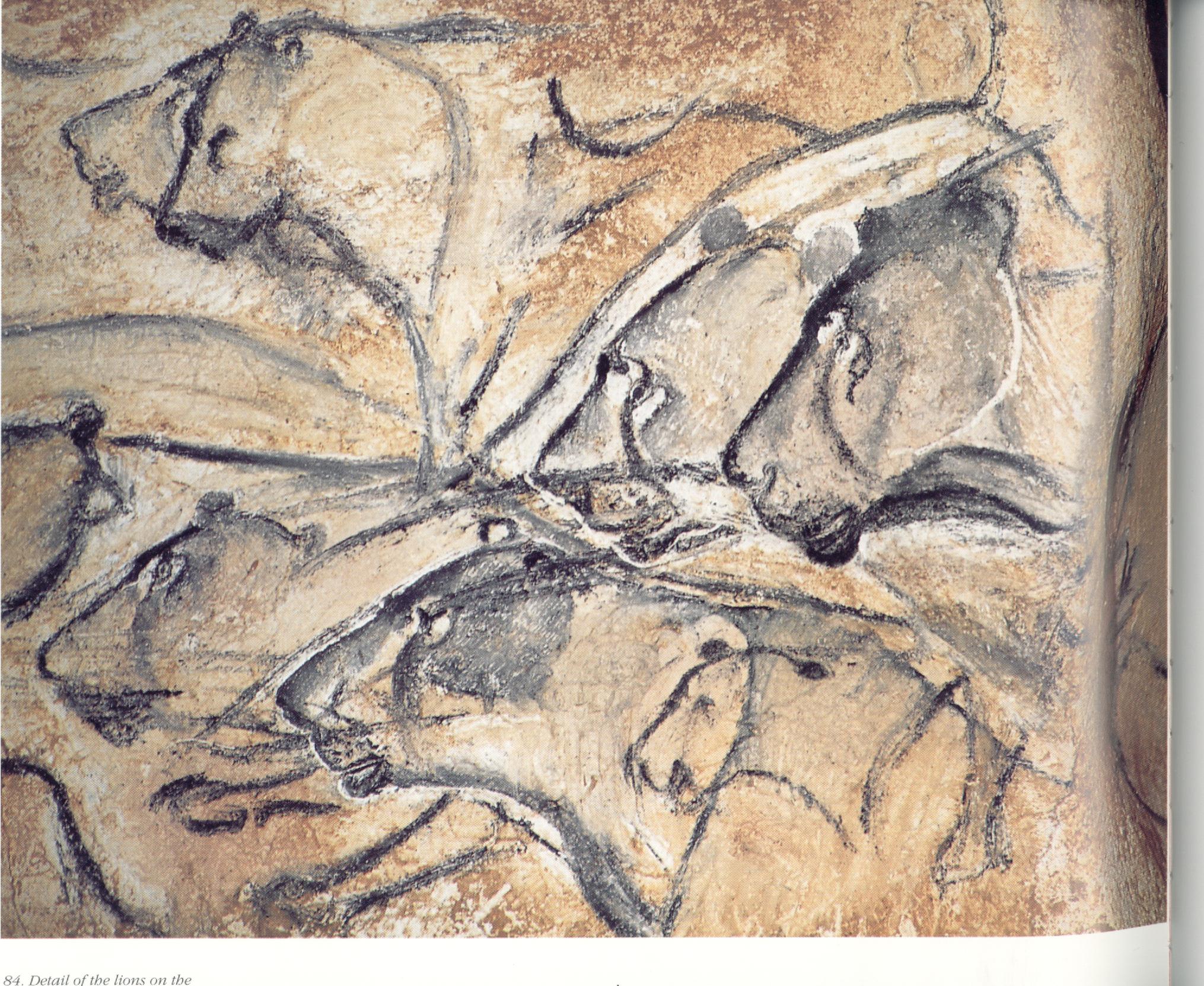 |
||||||
| Oroszlánok perspektivikus ábrázolásban. Chauvet barlang, Dél-Franciaország. Mintegy 31.000 évvel ezelőtti leletek. |
J.-M. Chauvet – E.B. Deschamps – C. Hillaire, Dawn of Art: The Chauvet Cave. The Oldest Known Paintings in the World. New York: Harry N. Abrams, Inc., 1996. | |||||
Ló perspektivikus ábrázolásban. Chauvet barlang. |
||||||
A lovak panelje. Chauvet barlang. |
||||||
| Humphrey nyomán: A lovak panelje, Chauvet barlang. |
||||||
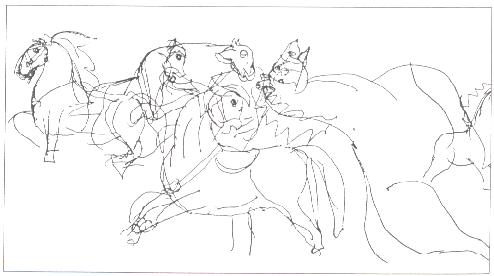 Humphrey nyomán: Lovak - a hároméves Nadia rajza. |
||||||
|
||||||
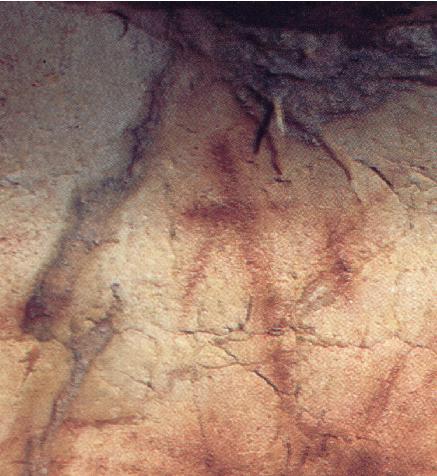 |
||||||
Kereszt. Chauvet barlang. |
||||||
|
||||||
    
|
||||||
| Keresztek - Carl G. Liungman, Dictionary of Symbols nyomán | ||||||
|
||||||
 Kopt kereszt
|
||||||
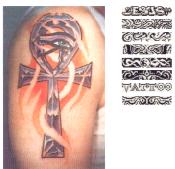 |
Forrás: Nyírő András, "Miért jó az oplogó? Az új vizuális népművészetről", a A 21. századi kommunikáció új útjai: Tanulmányok c.kötetben. | |||||
|
||||||
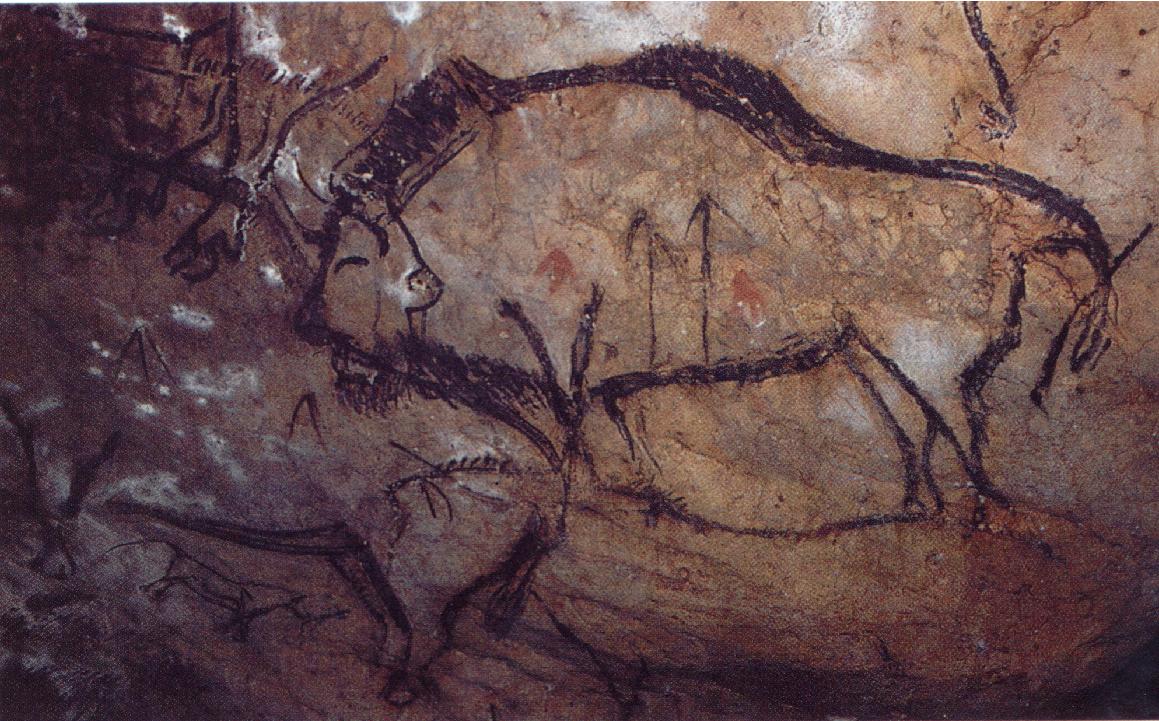 |
||||||
Bölény-kép. Niaux barlang. |
||||||
| ||||||
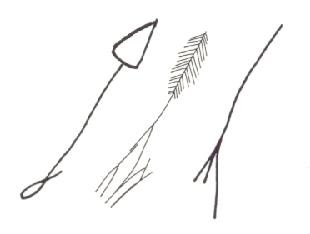 |
Háromféle naturalisztikus nyíl-alakzat Cosquer tengeralatti barlangban, Marseilles közelében. A barlangban eddig 16.000 és 26.000 éves leleteket azonosítottak. Forrás: Jean Clottes – Jean Courtin, The Cave Beneath the Sea: Paleolithic Images at Cosquer. New York: Harry N. Abrams, Inc., 1996. (Eredetileg franciául, 1994.) | |||||
|
||||||
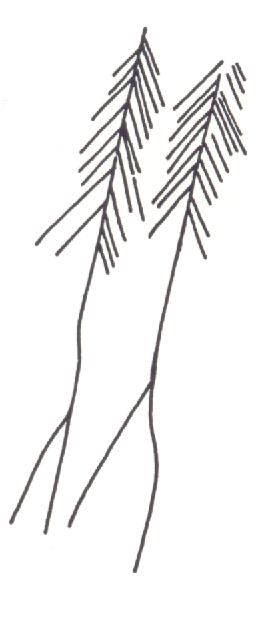 |
Naturalisztikus nyíl-alakzatok Cosquer barlangban. | |||||
|
||||||
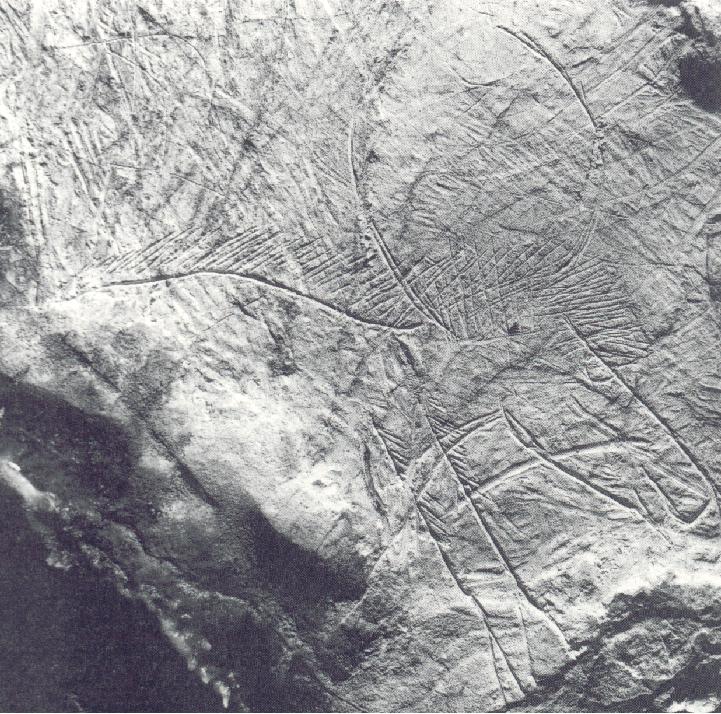 |
||||||
| Két nyílforma alakzat, meghatározatlan fajtájú állat nyakába fúródva. Cosquer barlang. | ||||||
|
||||||
  |
Forrás: Nagy oplogó könyv 2., szerk. 777sms team. | |||||
|
||||||
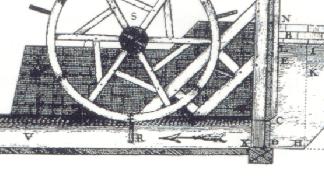 |
Forrás: Ernst Gombrich, “Pictorial Instructions”, a szerző The Uses of Images: Studies in the Social Function of Art and Visual Communication c. kötetében, London: Phaidon Press, 1999. | |||||
|
||||||
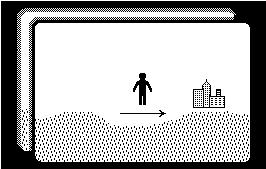 |
||||||
Colin Beardon: "férfi a városba megy" |
||||||
|
| |||||
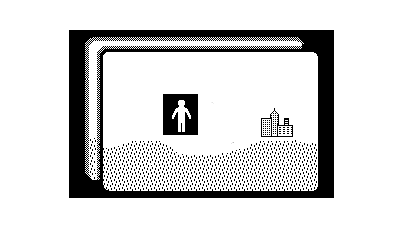 |
||||||
| Colin Beardon: "férfi a városba megy" - animáció | ||||||
Történelem—kép: Szemelvények a múlt és művészet kapcsolatáról Magyarországon. Szerk. Mikó Árpád és Sinkó Katalin, Budapest: Magyar Nemzeti Galéria, 2000. Hans Belting, Bild und Kult, 1990. – Kép és kultusz,
Budapest: Balassi Kiadó, 2000.
| ||||||
Erwin Panofsky, "Ikonográfia és ikonológia: bevezetés a reneszánsz művészet tanulmányozásába", Panofsky A jelentés a vizuális művészetekben c. kötetében, Budapest: Gondolat, 1984. Jack Goody és Ian Watt, "The Consequences of Literacy" (1963). Elizabeth L. Eisenstein, The Printing Press as an Agent of Change: Communications and Cultural Transformations in Early-Modern Europe, Cambridge: Cambridge University Press, 1979. William M. Ivins, A nyomtatott kép és a vizuális kommunikáció. |
||||||
|
| |||||
| Aszparágusz, a Pseudo-Apuleius-ból | Gladiolusz, a Gart der Gesundheit-ból (Ivins
nyomán) | |||||
